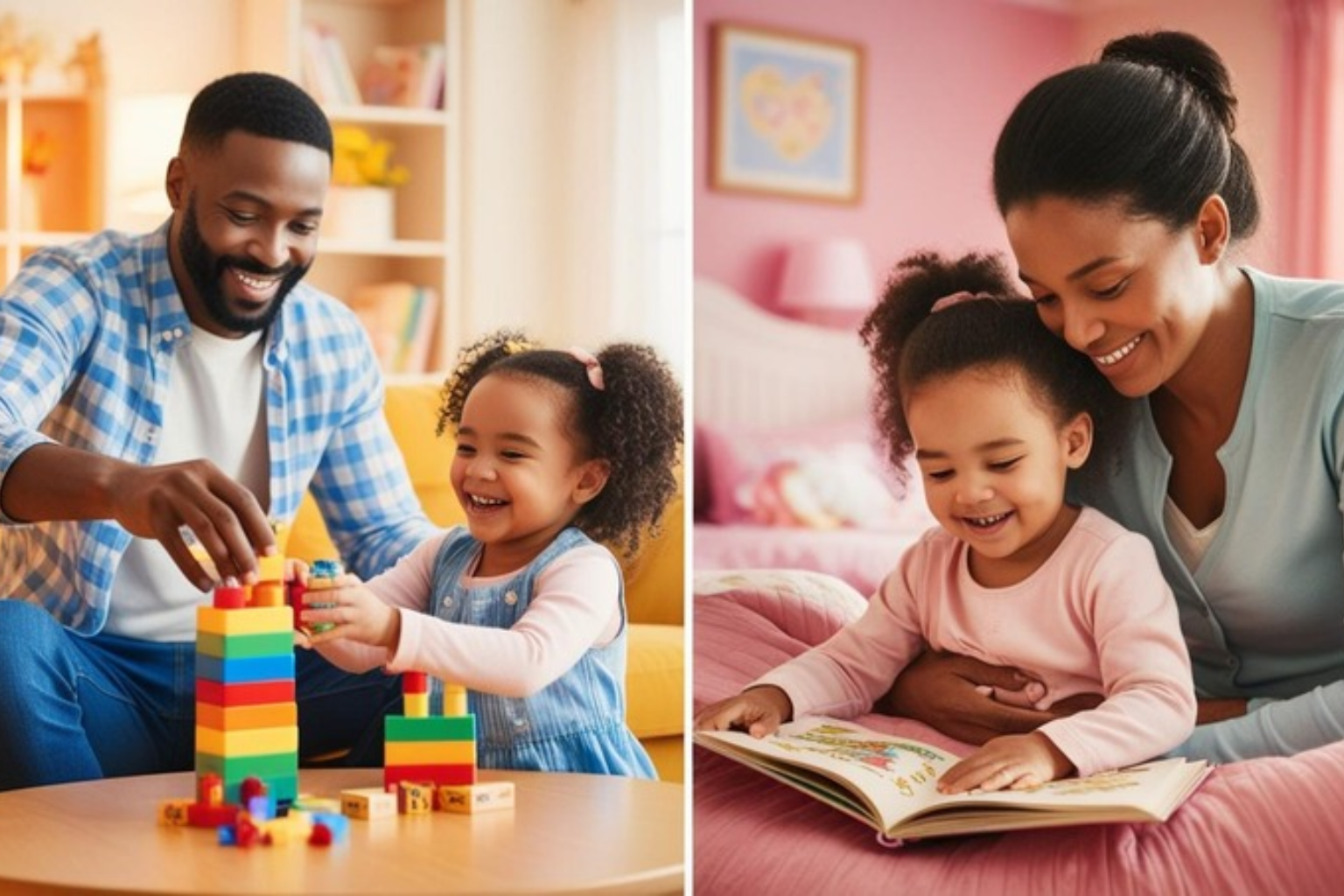Divorce is a major life transition not only for adults, but especially for children. It marks a change in family dynamics, routines, and emotional expectations. While it can be a difficult adjustment, children can adapt and thrive when they are supported with love, stability, and clear communication.
This article will guide you through practical, non-legal strategies for maintaining emotional stability for children after a divorce, emphasizing connection, empathy, and everyday structure.
1. Acknowledge Your Child’s Emotions Without Judgment
Children often feel confused, sad, angry, or even guilty during and after a divorce. One of the most important steps is allowing them to feel and express these emotions freely.
Tips:
- Encourage open conversations and listen without interrupting
- Validate their feelings: “It’s okay to be sad” or “That must be hard”
- Avoid minimizing their emotions with phrases like “You’ll get over it soon”
- Let them know they are not responsible for the separation
When children feel heard, they’re more likely to process emotions in a healthy way.
2. Keep Routines and Structure as Stable as Possible
Consistency is calming for children, especially during times of major change. Try to maintain normal schedules around meals, bedtime, school, and hobbies, even if family dynamics have changed.
Why It Matters:
- Routines give children a sense of predictability and safety
- They reduce anxiety caused by the unknown
- They reinforce that some aspects of life remain dependable
Even in two households, shared routines can make children feel more secure.
3. Avoid Involving Children in Adult Conflicts
Children should never be messengers, spies, or mediators between parents. Keeping them away from adult conflicts helps them feel safe and loved by both parents.
What to Avoid:
- Speaking negatively about your ex-partner in front of the child
- Asking the child to take sides
- Using guilt to influence their emotions or choices
- Sharing legal or financial issues with them
Protecting their emotional space lets them continue being a child — not a referee.
4. Reassure Them of Your Unconditional Love
Divorce can make some children worry that love is conditional or that other relationships might disappear too. It’s essential to frequently and clearly reaffirm your commitment.
Reassurance Sounds Like:
- “You are loved no matter what”
- “This is not your fault”
- “We are still a family, even if we live in different homes”
Even teenagers, who may act distant, need this reassurance.
5. Create a Peaceful Co-Parenting Environment
When co-parenting is respectful and cooperative, it greatly benefits the child’s emotional health.
Good Co-Parenting Practices:
- Agree on consistent rules and discipline across both homes
- Communicate calmly and clearly (preferably away from the child)
- Respect each other’s time and parenting decisions when possible
- Focus on the child’s needs, not past grievances
Children notice how you treat one another — and they learn from it.
6. Help Them Express Their Thoughts Through Creative Outlets
Children who struggle to verbalize emotions might benefit from drawing, journaling, music, or play.
Creative Expression Can Help With:
- Reducing anxiety or anger
- Processing confusion or grief
- Releasing emotions in a healthy, non-destructive way
Let them explore different outlets and support what feels natural to them.
7. Be Honest in an Age-Appropriate Way
Children don’t need every detail, but they do deserve the truth in a way they can understand.
Keep in Mind:
- Use simple explanations for younger kids: “We decided to live in different houses, but we both love you very much.”
- Be truthful but avoid blame or emotional overload
- Answer questions patiently, even if they’re repeated over time
Trust is built through honesty — especially in uncertain moments.
8. Foster Healthy Relationships With Both Parents
Children do best when they can have meaningful relationships with both parents (unless safety is a concern). Support this bond even when it’s difficult for you personally.
Support Dual Relationships By:
- Encouraging regular visits or calls with the other parent
- Speaking positively about them in front of the child
- Celebrating the child’s joy after spending time with the other parent
This helps the child feel whole and not “split” between loyalties.
9. Watch for Signs of Emotional Struggle
Even with the best support, some children may experience deeper emotional effects from divorce.
Look For:
- Sleep disturbances or nightmares
- Declining academic performance
- Withdrawal from friends or activities
- Aggression or regression (bedwetting, tantrums)
If you notice these signs, consider consulting a child therapist.
10. Take Care of Your Own Emotional Health
You can’t pour from an empty cup. Supporting your child also means attending to your own healing and well-being.
Ways to Support Yourself:
- Seek therapy, counseling, or support groups
- Maintain a support system of friends and family
- Allow yourself to grieve and grow at your own pace
When you care for yourself, you model resilience for your child.
Final Thoughts: Resilience Is Built Through Connection
Divorce is not the end of a family — it’s a transition into a new structure. With love, consistency, and open communication, children can adapt and thrive. Your presence, patience, and support will guide them through uncertainty toward confidence, strength, and emotional balance.
No one expects perfection — just your continued effort to show up, listen, and love unconditionally.
